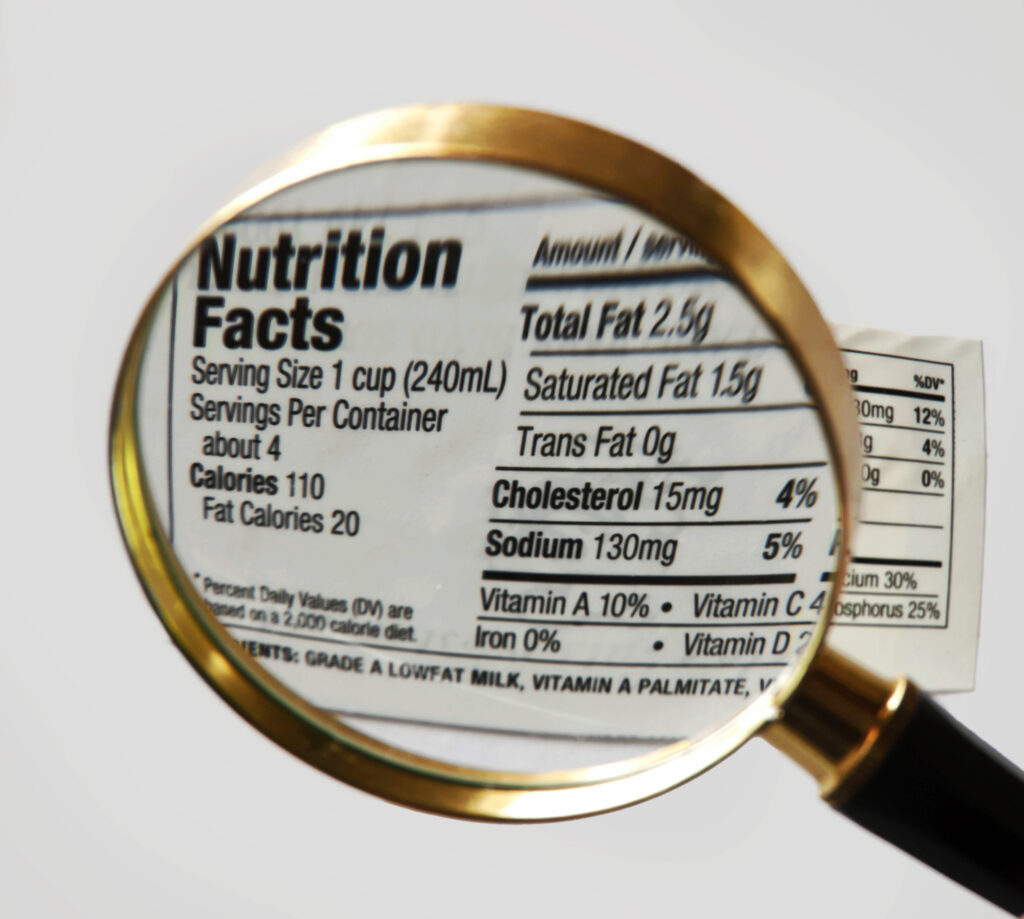The term “daily value” is central to understanding the Nutrition Facts label, a staple on nearly every packaged food product in the US since 1994. Introduced to enhance consumer transparency, this label has evolved into a model for various industries, promoting socially responsible markets through intuitive information dissemination. The history and implementation of the Nutrition Facts label are more complex than they appear.
The Nutrition Facts label was mandated by the Nutrition Labeling and Education Act of 1990. This legislation was introduced to address the increasing prevalence of chronic illnesses associated with unhealthy diets. In 1993, the US Food and Drug Administration (FDA) rolled out the “Nutrition Facts” panel as a tool to empower consumers to make healthier dietary choices. The primary goal was to provide clear nutritional information, but the label also embodies numerous political and technical compromises.
What Is Daily Value?
A crucial element of the Nutrition Facts label is the “% Daily Value” (%DV). The daily value percentages on the label originate from various sources, reflecting diverse public health targets. Recommended values for micronutrients, such as vitamins, are derived from the Recommended Dietary Allowances (RDAs) set by the National Academies of Sciences, Engineering and Medicine. These values focus on preventing undernourishment by meeting minimum nutritional needs.
XTALKS WEBINAR: Mastering Fats, Oils and Grease: Essential Strategies and Techniques for Regulatory Compliance
Live and On-Demand: Thursday, August 15, 2024, at 1pm EDT (10am PDT)
Register for this free webinar to learn about the intricacies of regulatory compliance for managing fats, oils and grease (FOG) and discover how proactive measures can lead to long-term environmental stewardship and regulatory success.
Conversely, daily values for macronutrients like carbohydrates, fats and proteins are based on the US Department of Agriculture (USDA) Dietary Guidelines. These values emphasize “negative nutrition,” encouraging maximum intake levels to prevent overeating and related health issues. Thus, the daily values for micronutrients represent minimum intake goals, while those for macronutrients signify maximum limits to avoid health problems.
The 2,000-Calorie Baseline and Serving Sizes
The FDA’s decision to use 2,000 calories as the daily value baseline was influenced by health groups’ concerns. Initially, 2,350 calories were considered, reflecting the average caloric need for Americans aged four and older. However, the 2,000-calorie figure was deemed less likely to be misinterpreted as an individualized target, given its simplicity and roundness. This decision highlights the FDA’s emphasis on practicality and collective health benefits over precise individual guidance.
Serving sizes, as defined by the Nutrition Labeling and Education Act of 1990, are meant to reflect amounts customarily consumed. In practice, this involves collaboration between the FDA, the USDA and food manufacturers. These entities conduct research on consumer habits and food consumption data to set realistic serving sizes. Packaging also plays a role. For example, a soda can is typically labeled as a single serving, regardless of its actual volume.
Related: Front-of-Package Nutrition Labeling: What the Food Industry Needs to Know
Evolution of the Nutrition Facts Label
The Nutrition Facts label has undergone several updates to align with changing public health priorities. Initially introduced in the 1970s, the label has been updated to address concerns such as saturated fat and cholesterol in the 1980s and added sugars in the 2010s. The design, featuring black Helvetica text on a white background, remains consistent, ensuring its recognizability as a government standard.
Creating the Nutrition Facts label required a new technical infrastructure for standardized nutrition information. The Association of Official Analytical Chemists (AOAC) played a significant role in this development. In the early 1990s, the AOAC established a food triangle matrix to categorize foods based on their macronutrient content. This framework helped determine appropriate measurement methods for various nutritional properties.
Today, public-private collaborations have further refined the process of translating foods into simplified nutrient profiles. The USDA’s FoodData Central offers a comprehensive nutrient database used by manufacturers to create Nutrition Facts for new products. This database also supports numerous diet and nutrition apps, providing a foundation for digital diet platforms.
Legacy and Impact
The Nutrition Facts label has significantly impacted the food industry, driving product reformulation to achieve desirable nutrient profiles. While intended as an educational tool, the label has also reshaped the food supply to meet evolving dietary trends and public health goals. Critics argue that this focus on nutrients can oversimplify food’s health impact, ignoring factors like moisture, fiber and texture that influence nutrient metabolism.
Understanding “what is daily value” is essential for interpreting the Nutrition Facts label. This label, with its intricate history and evolving standards, continues to play a crucial role in public health and consumer transparency. By providing clear and standardized nutritional information, the Nutrition Facts label helps consumers make informed dietary choices and encourages the food industry to prioritize healthier products.
If you want your company to be featured on Xtalks.com, please email [email protected].













Join or login to leave a comment
JOIN LOGIN